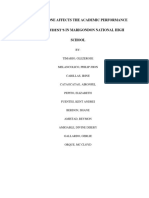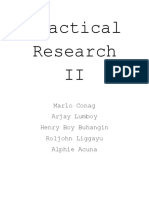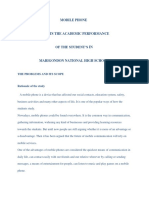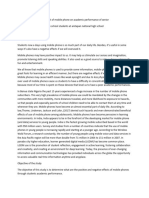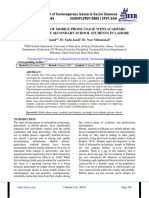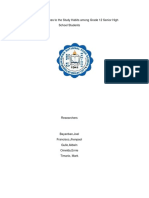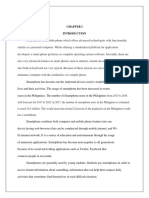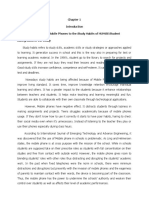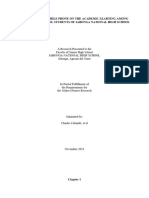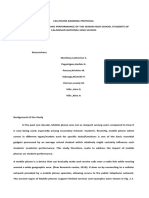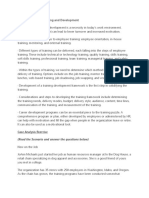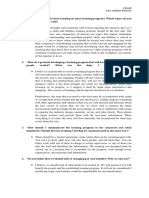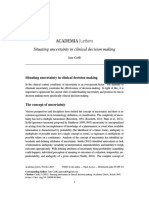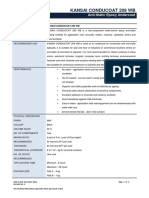0% found this document useful (0 votes)
39 views18 pagesResearch
This study investigates the effects of mobile phone usage on the study habits of Grade 12 senior high students at Ramon Teves Pastor Memorial Dumaguete Science High School. The research aims to determine whether students primarily use their phones for leisure or educational purposes and how this impacts their academic performance. Findings indicate that a significant number of students use their phones during class, with many reporting negative effects on their study habits.
Uploaded by
Shaniah IturraldeCopyright
© © All Rights Reserved
We take content rights seriously. If you suspect this is your content, claim it here.
Available Formats
Download as PDF, TXT or read online on Scribd
0% found this document useful (0 votes)
39 views18 pagesResearch
This study investigates the effects of mobile phone usage on the study habits of Grade 12 senior high students at Ramon Teves Pastor Memorial Dumaguete Science High School. The research aims to determine whether students primarily use their phones for leisure or educational purposes and how this impacts their academic performance. Findings indicate that a significant number of students use their phones during class, with many reporting negative effects on their study habits.
Uploaded by
Shaniah IturraldeCopyright
© © All Rights Reserved
We take content rights seriously. If you suspect this is your content, claim it here.
Available Formats
Download as PDF, TXT or read online on Scribd
/ 18






